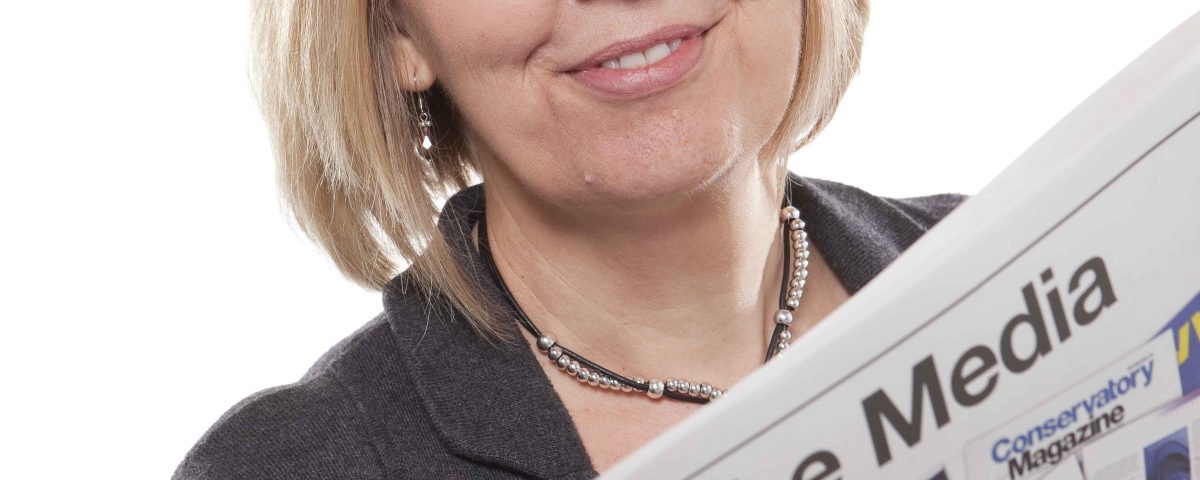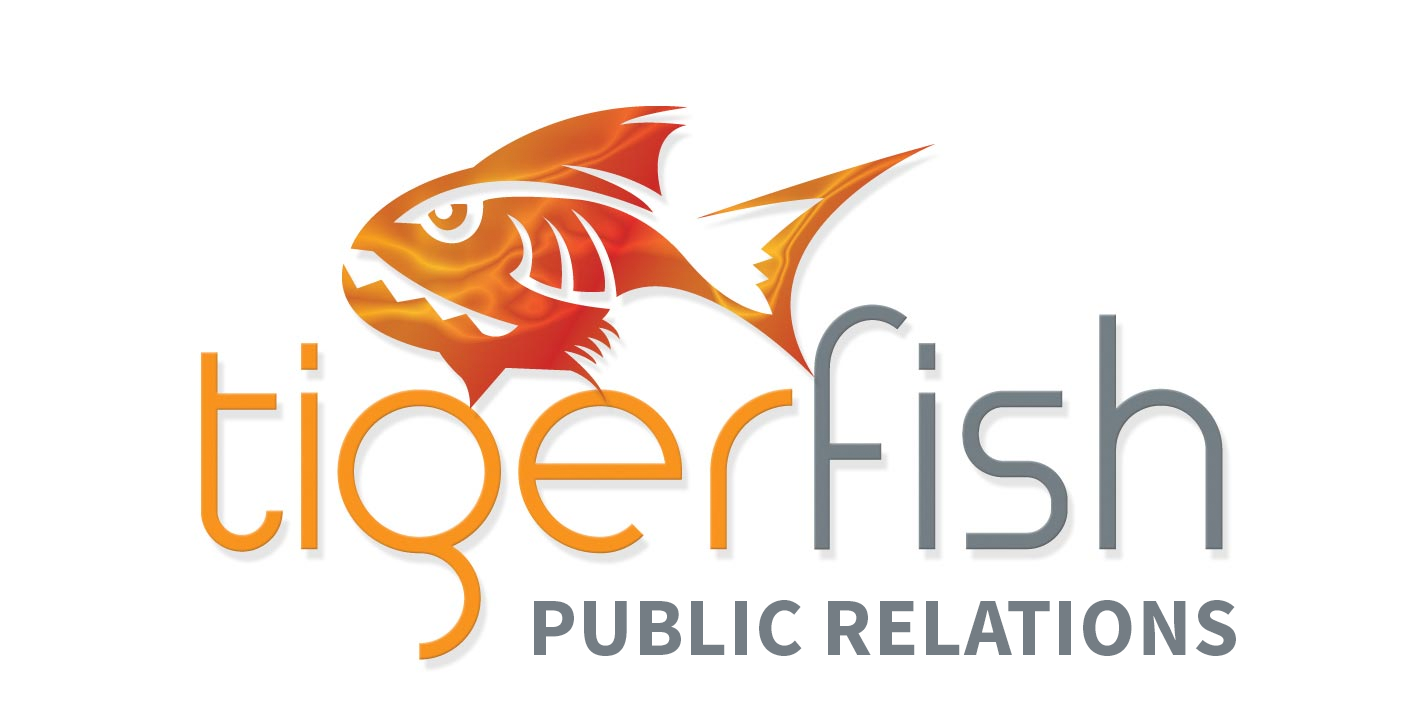
How to choose a PR agency
October 19, 2017
Trade exhibition preparation – are you doing it well?
December 6, 2017How to write a press release

A press release is the way we get our news to the media. The best ones communicate exactly what the news angle is, in a way that a journalist isn’t left in confusion.
What makes a good news release?
The next time you are reading a newspaper or trade magazine, do this one thing. Take a look at the story, not for content, but for style. You’ll notice that the whole story is summarised in the first paragraph. Then it’s up to you to decide if it’s relevant enough to continue reading. This is precisely what makes a good press release. It needs to grab the reader in the first paragraph.
Step by step guide to writing a press release
You can use this simple 7 step guide to writing an effective press release.
1. Make sure it is news
Remember, this isn’t selling. This is sharing something newsworthy. Something that a customer or neighbour would find interesting. You might find this blog on what makes news, useful.
2. Have the reader in mind
You will probably have a different story to share with your local community, than the one that goes your industry colleagues. And that will probably have a different angle to the one that your customers might want to read. So even if you have to write 2 or 3 versions, make sure you are sending out content that the reader will be interested in.
3. Get your opening paragraph right
In order to get that all important opening paragraph right, you need to answer 6 questions: who, what, why, when, where, how. Which will magically give you the whole story in a nutshell. That’s the real skill in writing a news story. With just that information, the journalist will decide if it’s right for them to publish it; and if they do, the reader will decide if they want to read on.
So for example, you might have:
- WHO – America’s largest manufacturer of baths
- WHAT – investing in a new manufacturing facility
- WHY – as part of their growth plan and to create shorter lead times
- WHEN – next Spring
- WHERE – in the North West of England
- HOW – After extensive research and investment from the Group.
4. The inverted pyramid
And after that opener, you can then go into more detail, using the ‘inverted pyramid’ process. At the widest part of the pyramid, you put your opening paragraph, then the additional information becomes less key. The story should work if you stop it at any point after that opening paragraph, so the journalist can fit it into the space he/she has.
It works like this:
Paragraph 1 – the opening ‘summary’
Paragraph 2 – more information to do with the main story – why is it important, what is the context
Paragraph 3 – background information on the company, more details on the main story
Paragraph 4 – quote from a senior person in the organisation.
Paragraph 5 – how can the reader get more information/ buy the product.
Signal the end of your press release with the words -ends-
Then don’t forget to put your contact details after that. Include website, who to contact for more information, how to get hold of the company. And a brief (50 words-is) overview of your company.
5. Write your first draft by hand
When we write, we use creativity and logic. Creativity to find the right words, logic put them in the right order. Yet when we use a computer, the temptation is to edit as we go along, so we are flicking between creativity and logic. Better is to clear your desk of distractions, put pen to paper and just write as if you’re telling a colleague about the news. It probably won’t be perfect, but that’s OK. Then you can refine the order of it.
6. Write in the 3rd person
Remember, this is a press release, and by definition, you’re hoping to get it into the press. So write it as if a journalist had written it – don’t use “We are going to…” use “Company x are going to…” instead.
7. The headline
Always leave this until last – there’s not point fretting over a creative headline and putting off writing the content. The headline should be very factual – leave the fancy words to the subeditor. The purpose of the headline is to flag up to the reader what the release is about, so being cryptic or clever just doesn’t help. In this case, less is more. Keep your headline to a blunt description of what’s going to follow.
So there you have it. Your beautifully crafted press release. It’s a real skill to get it right and we regularly run courses on writing for the media and DIY PR, so do contact us for the next sessions.
